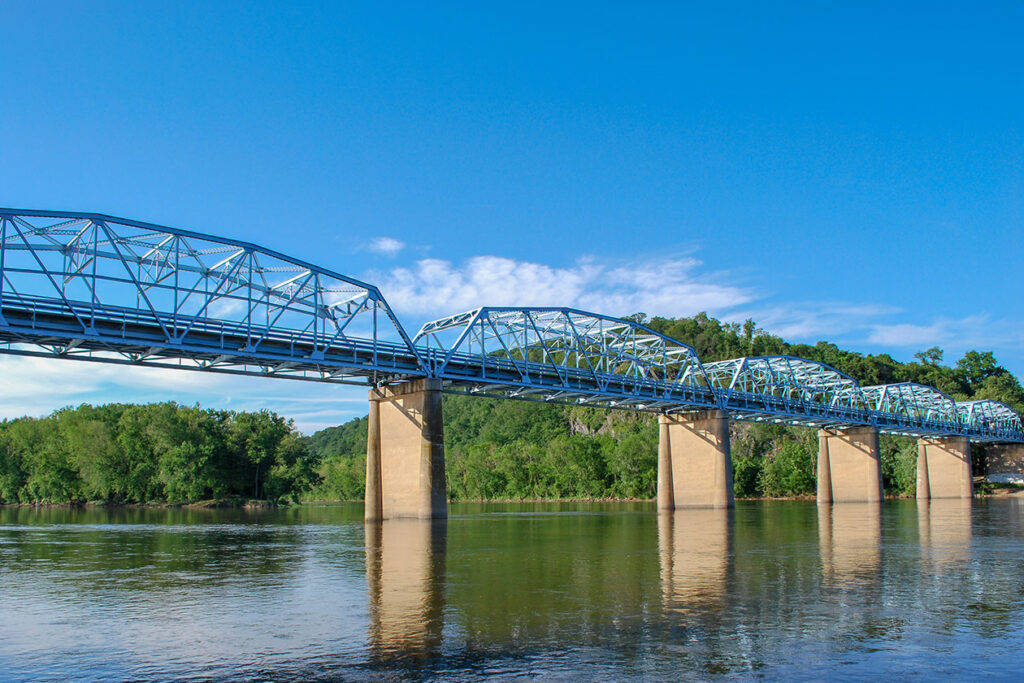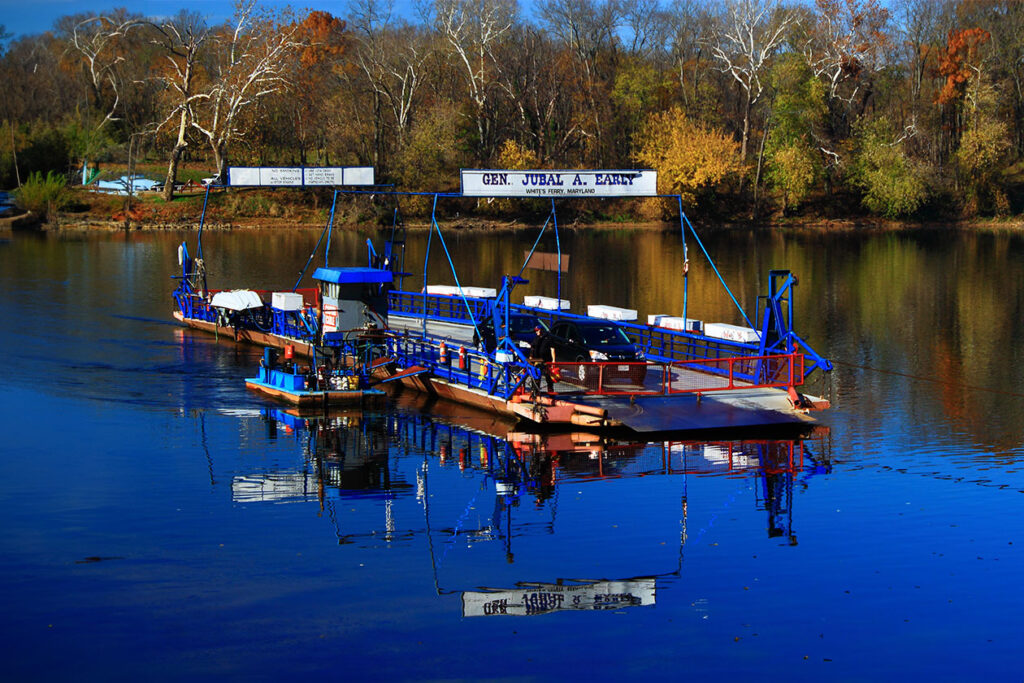About White’s Ferry
White’s Ferry is an historic cable ferry service that crosses the Potomac River between Loudoun County, Virginia and Montgomery County, Maryland. Established in 1786, White’s Ferry is believed to be the oldest operating ferry service in the United States. For over 200 years, the ferry has served as an important transportation link between Northern Virginia and Maryland.
However, in December 2020, White’s Ferry abruptly ceased operations due to an ongoing dispute between the ferry owner and the owner of the landing property in Virginia. This closure has impacted commuters and highlighted the uncertain future of the iconic ferry service. Negotiations are still underway between officials on both sides of the river to try and reopen White’s Ferry and restore this vital river crossing.

The sudden closure of White’s Ferry in December 2020 was met with great disappointment by residents on both sides of the Potomac River. For many commuters, the ferry service provided the most direct route between Loudoun County, Virginia and Montgomery County, Maryland. Residents have grown frustrated as they are forced to endure lengthened commutes on alternate bridges and highways. The closest being the Point of Rocks bridge that adds about 25 miles each way to a typical drive. Beyond convenience, local residents emphasized the historical significance of the ferry, which has been in continuous operation since the late 18th century.

Traffic Impact on Route 15
The closure of White’s Ferry has significantly impacted traffic on Route 15 in Virginia. Since the ferry ceased operation, there has been an increase in the number of vehicles using Route 15. This route was already experiencing congestion prior to the ferry’s closure. According to Loudoun County Supervisors, Route 15 was designed to accommodate approximately 12,000 cars per day, but it was already carrying between 26,000 to 27,000 cars per day prior to the 2020 closure.
The halt in White’s Ferry services has led to an increased volume of traffic on Route 15, as this route serves as the primary alternative for crossing between Maryland and Virginia in the absence of the ferry. This has contributed to further congestion on an already busy route.
The ferry’s closure has also led to longer commutes for many people. Residents are now required to travel an additional 30-45 minutes one way to reach either side of the river, significantly impacting their daily routines. This situation also adversely affects local businesses, as the ferry previously brought substantial traffic through the area. The economic and social impacts are notable, with some businesses in Poolesville experiencing a decline in traffic by 20 percent or more since the ferry’s closure.
The situation remains unresolved, with ongoing discussions about how to address the impasse. The legal dispute centers around the use of private land for the ferry’s operations, and efforts to negotiate an agreement for the Virginia shoreline property have not yet yielded a solution. This impasse continues to affect daily life for many in the surrounding areas, highlighting the ferry’s role as a critical transportation link in the region.

Developments Regarding White’s Ferry
In January 2023, the owners of White’s Ferry made an increased offer of $1.25 million to purchase the ferry landing site in Virginia from Rockland Farm, but it was rejected. This is the latest attempt to try and reopen the ferry by acquiring the disputed landing property.
In March 2023, officials from Loudoun County, Virginia and Montgomery County, Maryland held a joint meeting to discuss options for reopening the ferry, but Loudoun County ruled out using eminent domain to acquire the Virginia landing site.
The ferry has now been closed for over 2 years since the initial dispute forced operations to cease in December 2020. No agreement has been reached to allow the ferry to resume service.
Officials in Virginia and Maryland continue to search for solutions, feeling pressure from constituents who relied on the ferry for decades. Many residents remain hopeful that this iconic Potomac River crossing will be restored so that White’s Ferry can once again serve as an important transportation link between the two states.

